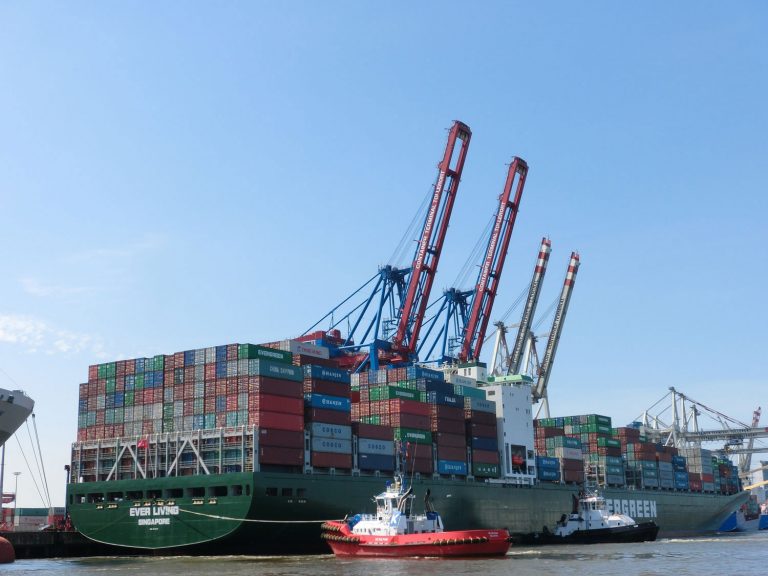
Date:
Q1 review & Q2 sea freight market report
Time never stands still in global logistics, and as we come towards the end of the first quarter of the year (Q1) and approach the second (Q2), we take a moment to reflect on how 2021 has started, and how we see the deep sea markets further adjusting and progressing as we move into the next period.
On the Asia – Westbound trades, as 2020 came to a close, the vessel space and capacity issues that had been ‘all’ consuming, were overtaken by acute equipment shortages across the entire Asia region, resulting in destabilisation of supply chains globally.
With container shipping demand further peaking and carriers demanding and achieving, high freight rates in the spot market, in addition to a selection of additional surcharges, incredibly, vessels started to depart Asia at less than capacity. This was the direct result of a substantial lack of equipment of all types being available to load, in the areas where they were needed.
Facing immense and sustained demand, the carriers scrambled to take action to mitigate this problem, by attempting to replenish equipment stocks, and avoid losing the high rate revenues from less than full vessels.
Immediate actions included moving empty containers, instead of laden exports from key markets such as Europe and the Americas, in order to turn the equipment around more quickly. However, due to congested ports, caused in the main by a slowdown in operations due to Covid processes and unreliable vessel schedules missing berthing slots, which in turn contributed to port congestion and further transit delays, empty containers have largely remained stuck across the world, in places where they are not needed.
As we started Q1 the view of the shipping lines was that issues of equipment and space would start to ease and then continue to improve as we entered Chinese New Year. However, as Chinese New Year began, some carriers then took the late decision to blank sailings, with the stated objective of returning fleets to their scheduled operations.
This however, did not allow the much needed capacity to be cleared at Far Eastern origins, or support the urgent replenishment of empty equipment to areas where it is most desperately needed. This has further accentuated the issues and prolonged the situation into March.
As we look ahead to Q2, the issues that we all expected to ease, are still there. Schedule reliability is at its lowest recorded level, (dropping to 34. 9% in January for container shipping lines according to Sea-Intelligence’s latest Global Liner Performance (GLP) report,) rates remain very high and vessel capacity and equipment continue to be very tight, with demand further escalating after the Asian holiday period.
Shipping lines and cargo owners are reporting strong order books well into the Q2, and with the expected loosening of lockdown measures throughout the UK, Europe and the rest of the world, as the vaccine roll out grows, we can expect demand to remain high until the summer and possibly beyond.
The carriers are maintaining their peak season charges throughout Q2, and market rates remain very high for both contract renewals, and in the spot market. Some shipping lines have actually announced increases to their peak season surcharges, at an unseasonal time such as Hapag Lloyd, from the 1st March. Confidence from the carriers is very ‘bullish’ still.
Operational challenges are also not unique to the Far East. Port congestion, equipment shortages and schedule reliability are being experienced across the Indian Sub-continent, North America, Australia, Europe, and the Middle East. Basically an inescapable global supply chain position and issue.
The West Coast of America right now has some major issues with over 60 vessels currently held up outside the port of Los Angeles for weeks, creating more delays and further slowing down the evacuation of equipment back to the manufacturing regions .
Because of these global issues and challenges, the role of an expert Freight Forwarder has never been so important to keep supply chains moving. Metro continue to work as a partner and on a collaborative strategic approach with all of our clients ensuring the best fit solution and all alternatives are offered in the current dynamic market, ensuring every option is available as part of the supply chain decision making process.
At Metro, the visibility provided by our MVT tool, the expertise of our dedicated and motivated teams, our global partnerships with local agents, and close relationships with shipping line partners, combine to provide our customers with sustained support and solutions in challenging times.
